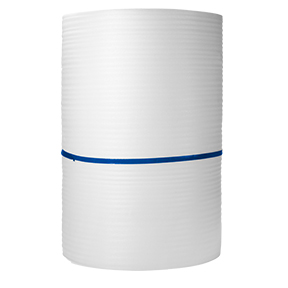The Evolution and Importance of Printed Boxes in Packaging
In today's fast-paced consumer-driven world, the packaging of products plays a pivotal role in influencing consumer behavior. Among the most prominent forms of packaging is the printed box, a versatile solution that marries functionality with aesthetics. The evolution of printed boxes is a testament to the advancement of design technology and a deeper understanding of consumer psychology.
Printed boxes have come a long way from their rudimentary beginnings. Historically, packaging was merely utilitarian, designed to protect products during transport. However, with the rise of retail and the increasing competition among brands, companies recognized the potential of packaging as a powerful marketing tool. The practice of printing directly onto boxes began to flourish in the late 20th century, driven by innovations in printing technology and materials. This transformation not only enhanced the visual appeal of products but also provided brands with a platform to convey their identity and values.
One of the most significant benefits of printed boxes is their ability to attract consumer attention. A well-designed box can captivate a customer's eye, igniting curiosity and interest in the product inside. Research has shown that consumers often make quick decisions based on visual information, with packaging being a critical factor in that choice. Bright colors, intricate designs, and clear branding can set a product apart from its competitors on crowded retail shelves. For instance, brands like Apple have mastered the art of packaging, creating a sense of anticipation and excitement with their meticulously designed boxes.
Moreover, printed boxes serve a dual purpose. While they protect the products during handling and shipping, they also present valuable marketing opportunities. Companies can communicate essential information about their products, including ingredients, usage instructions, and brand stories, all while aligning with their overall marketing strategies. This informative aspect of printed boxes can enhance customer experience, as consumers appreciate transparency and clarity when making purchasing decisions. Enhanced printed boxes with QR codes can lead users to websites or promotional content, further extending the reach of marketing efforts.
printed boxes

Sustainability is another crucial factor shaping the future of printed boxes. As environmental awareness grows among consumers, brands are increasingly adopting eco-friendly packaging solutions. This shift has led to the development of printed boxes made from recycled materials and the use of biodegradable inks. Brands that prioritize sustainability can appeal to environmentally conscious consumers, adding another layer of value to their products. By investing in sustainable printed boxes, companies not only reduce their environmental footprint but also bolster their brand image, showcasing their commitment to responsible practices.
Customization is a significant trend in printed box design. With advancements in printing technology, businesses can now produce low quantities of customized boxes without incurring prohibitive costs. This flexibility enables small businesses to create unique packaging that resonates with their target audiences, fostering a deeper connection with consumers. Personalized packaging can enhance the unboxing experience, making it memorable and shareable on social media, thus promoting organic word-of-mouth marketing.
In the age of e-commerce, printed boxes are also crucial for shipping and delivery. As more consumers opt for online shopping, brands must ensure that their products arrive safely and in style. A printed box that reflects the brand's identity not only protects the product during shipping but also enhances customer satisfaction. The unboxing experience has become a form of brand engagement, where consumers share their experiences online, creating buzz and visibility for the brand.
In conclusion, printed boxes have evolved into an indispensable aspect of modern packaging. With their ability to attract attention, inform consumers, promote sustainability, and enhance the unboxing experience, they are vital for any product's success in the market. As brands continue to innovate and adapt to changing consumer preferences, the future of printed boxes looks promising, paving the way for more creative and sustainable packaging solutions. In a world where first impressions matter, investing in effective packaging like printed boxes is not just an option but a necessity for brands looking to thrive.



